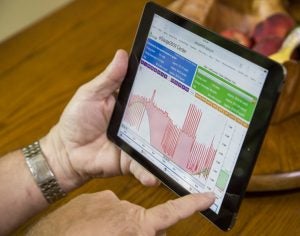 In early October, the Illinois Commerce Commission approved a new electricity rate that holds tremendous opportunity — a time-of-use rate option for customers of Commonwealth Edison Company, the largest utility in the state. This new pricing structure has the potential to lower bills for consumers, while reducing our reliance on dirty sources of power.
In early October, the Illinois Commerce Commission approved a new electricity rate that holds tremendous opportunity — a time-of-use rate option for customers of Commonwealth Edison Company, the largest utility in the state. This new pricing structure has the potential to lower bills for consumers, while reducing our reliance on dirty sources of power.
After five years of fighting for a TOU rate in Illinois, EDF and the Citizens Utility Board helped design the voluntary new option for customers, which includes three pricing periods for residential customers: Super Peak (2pm-7pm), Off Peak (10pm-6am) and Peak (all other times), with prices being highest during the Super Peak, and lowest during Off Peak. The pilot will serve residential customers and target electric vehicle owners, whose usage is typically higher but more flexible. The time-of-use option is similar to real-time pricing currently available (also on a voluntary basis) in Illinois, but with distinct, pre-determined pricing periods rather than fluctuating hour by hour as real-time prices do.














 By
By